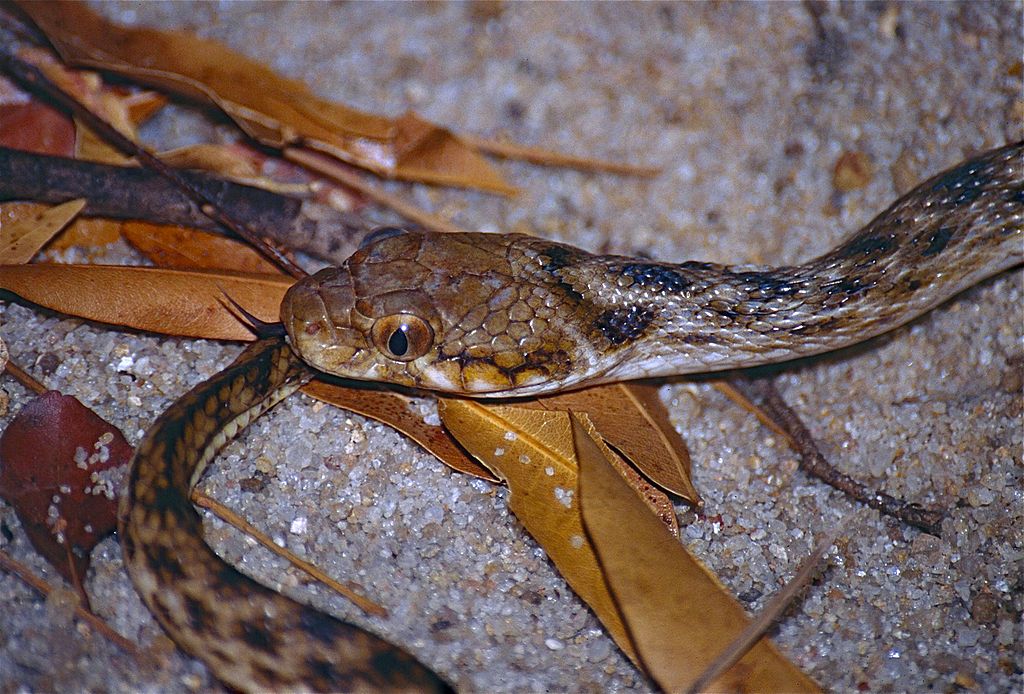In the dense rainforests of Madagascar, an extraordinary example of evolutionary mimicry unfolds as a slender snake performs one of nature’s most convincing deceptions. The Madagascar leaf-nosed snake (Langaha madagascariensis) has developed a remarkable hunting strategy—it disguises its tail to resemble a caterpillar, enticing curious birds within striking distance. This fascinating case of aggressive mimicry represents one of the animal kingdom’s most sophisticated hunting techniques, demonstrating how natural selection can produce incredibly specialized adaptations. By effectively “becoming” the prey of its target predator, this snake turns the tables on the natural food chain, creating an evolutionary chess match that continues to astonish scientists and nature enthusiasts alike.
The Master of Disguise: Meet the Langaha Snake
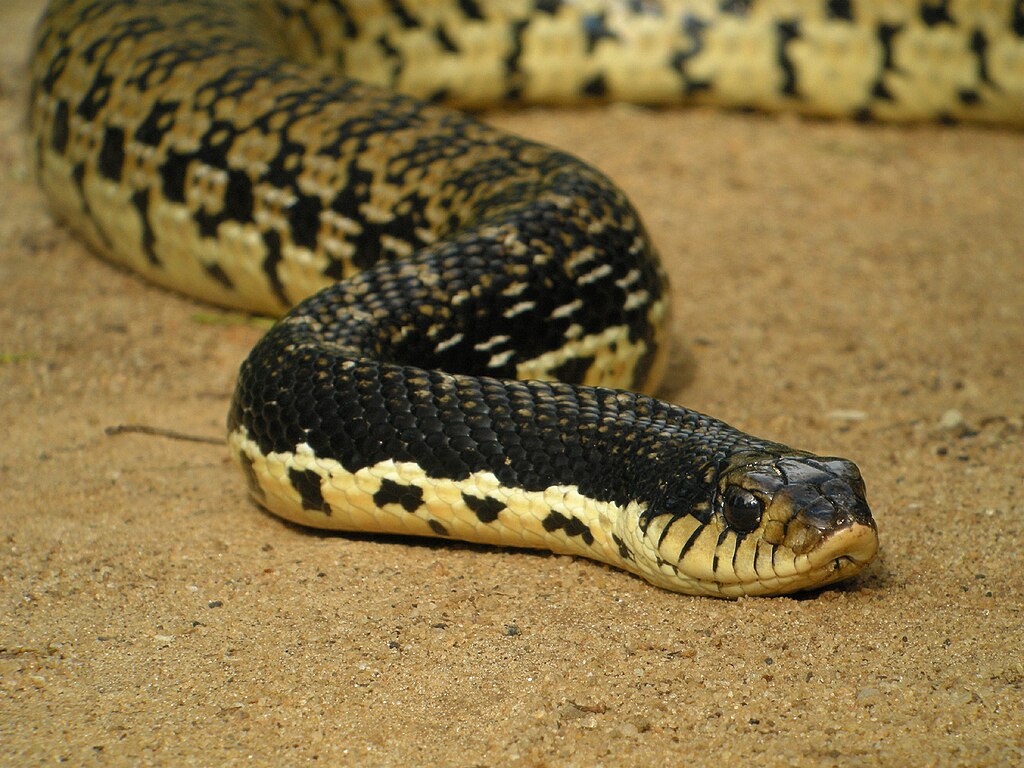
The Madagascar leaf-nosed snake (Langaha madagascariensis) belongs to a small group of colubrid snakes endemic to the island of Madagascar. Males and females of this species look remarkably different, with females growing to about 3-4 feet long and displaying a brown or tan coloration with a distinctive leaf-shaped projection on their snouts. Males are typically smaller with a more pointed nasal appendage and tend to show more vibrant coloration. What truly sets this snake apart from others, however, is not just its unusual appearance but its extraordinary hunting behavior that involves mimicking a caterpillar with its tail. This specialized form of aggressive mimicry allows the snake to attract birds that would normally feed on caterpillars, effectively turning predator into prey in a remarkable evolutionary twist.
The Evolution of Aggressive Mimicry
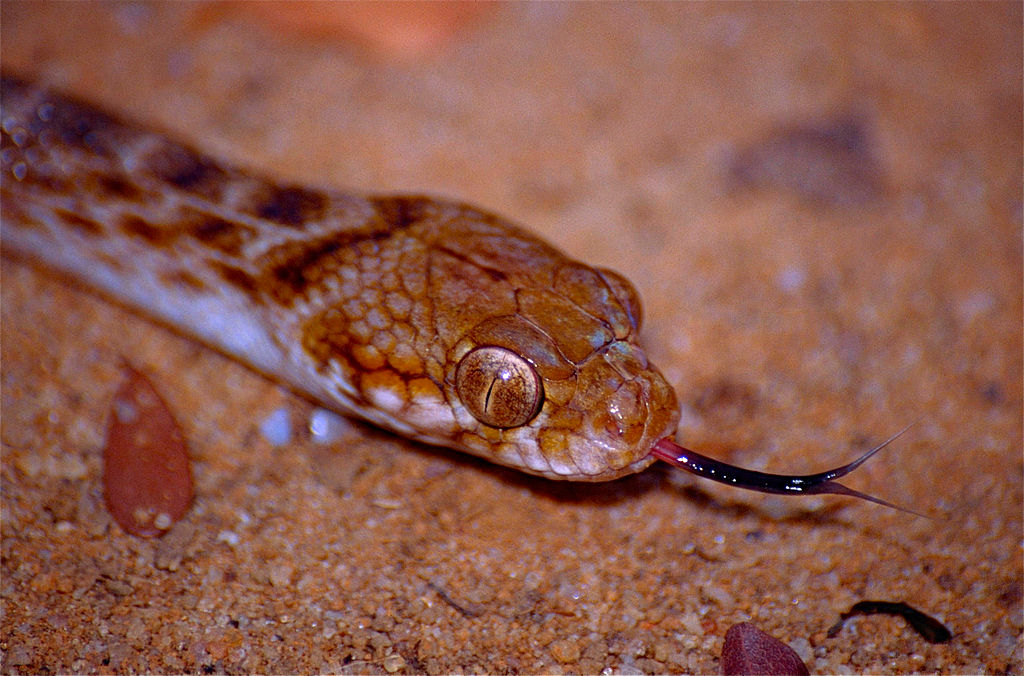
Aggressive mimicry differs from defensive mimicry in that it helps a predator obtain food rather than avoid becoming food itself. In this evolutionary arms race, the Langaha snake has developed physical traits and behaviors that exploit the feeding instincts of birds. Scientists believe this adaptation evolved over millions of years through natural selection, where snakes with tails that more closely resembled caterpillars had greater hunting success and thus better survival rates. The resemblance isn’t merely superficial—the snake can move its tail in a manner remarkably similar to caterpillar locomotion, creating a convincing illusion. This sophisticated mimicry represents one of the most specialized cases of predator-prey deception in the natural world, highlighting the extraordinary adaptability of organisms under evolutionary pressure.
Anatomy of the Deception: The Caterpillar-like Tail
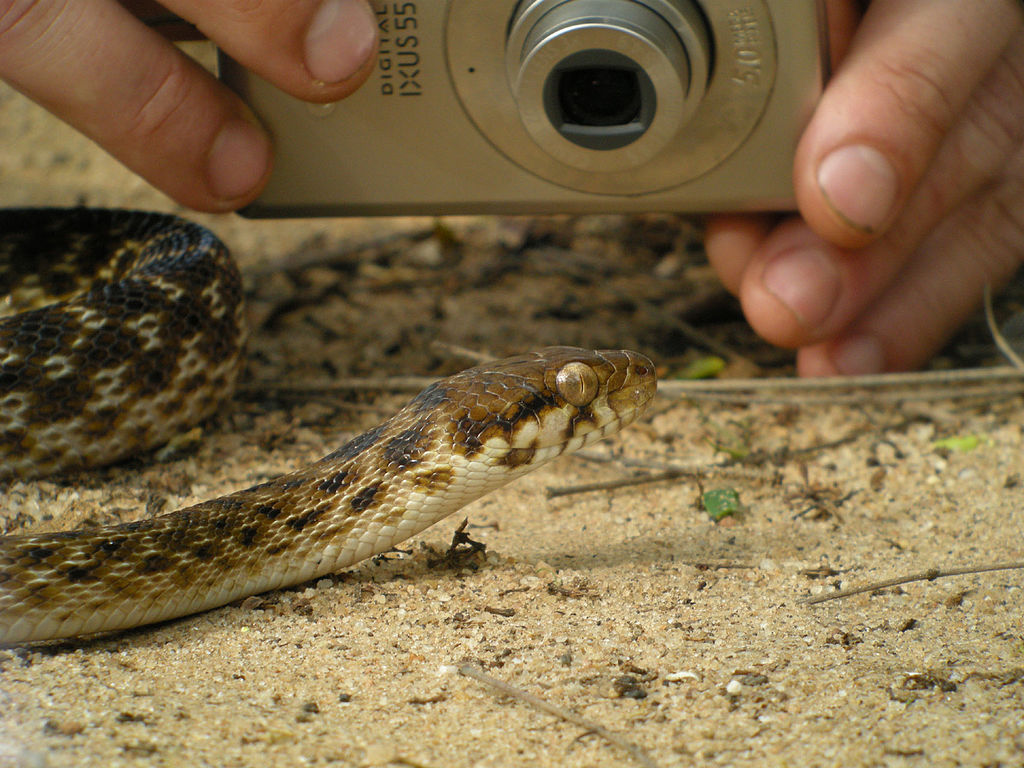
The tail of the Langaha snake features several anatomical adaptations that enhance its caterpillar mimicry. The tip of the tail is often distinctly colored and patterned to resemble the segmentation of a caterpillar body, complete with what appear to be a head capsule and body segments. The snake can also subtly alter the shape of its tail tip, creating the illusion of a caterpillar’s changing form as it moves. When deploying this strategy, the snake will hide its body among foliage while dangling only its tail in the open, making the “caterpillar” appear isolated and vulnerable. The precision of this anatomical mimicry is so refined that even experienced bird predators can be fooled by the deception, demonstrating the remarkable specificity of this evolutionary adaptation.
Behavioral Components of the Mimicry

The success of the Langaha snake’s deception relies not just on how its tail looks but on how it moves it. The snake can oscillate its tail tip in short, rhythmic movements that closely mimic a caterpillar’s distinctive locomotion. This behavioral mimicry includes the simulation of a caterpillar’s feeding movements, with the tail tip appearing to nibble at leaves or stems. When a bird approaches, the snake maintains this convincing performance, sometimes even intensifying the movements to further entice the potential prey. The snake must also demonstrate remarkable patience, sometimes maintaining its caterpillar impersonation for hours until the right opportunity presents itself. This complex behavioral component of the mimicry strategy shows that it’s not merely a passive anatomical resemblance but an active, sophisticated hunting technique.
The Target: Insectivorous Birds
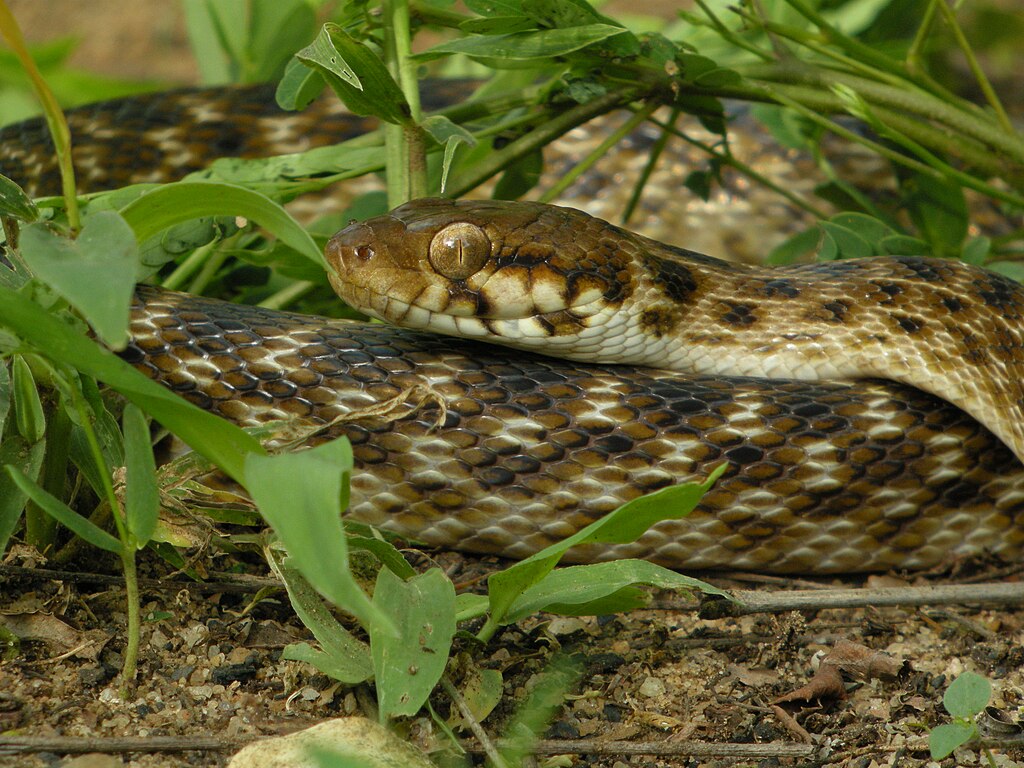
The primary targets of the Langaha snake’s deception are small to medium-sized insectivorous birds that naturally prey on caterpillars. Species such as the Madagascar bulbul, souimanga sunbird, and various warblers native to the region are particularly susceptible to this trick. These birds have evolved keen eyesight specifically adapted to spot caterpillars among foliage, making them ironically more vulnerable to the snake’s mimicry. The birds typically rely on movement patterns to identify caterpillars, focusing on the distinctive undulating motion that the snake has evolved to imitate. Research has shown that younger, less experienced birds are more likely to fall for the deception, though even seasoned adult birds can become victims if the mimicry is particularly convincing. This targeted approach demonstrates the highly specialized nature of this predatory strategy.
The Hunting Strategy in Action
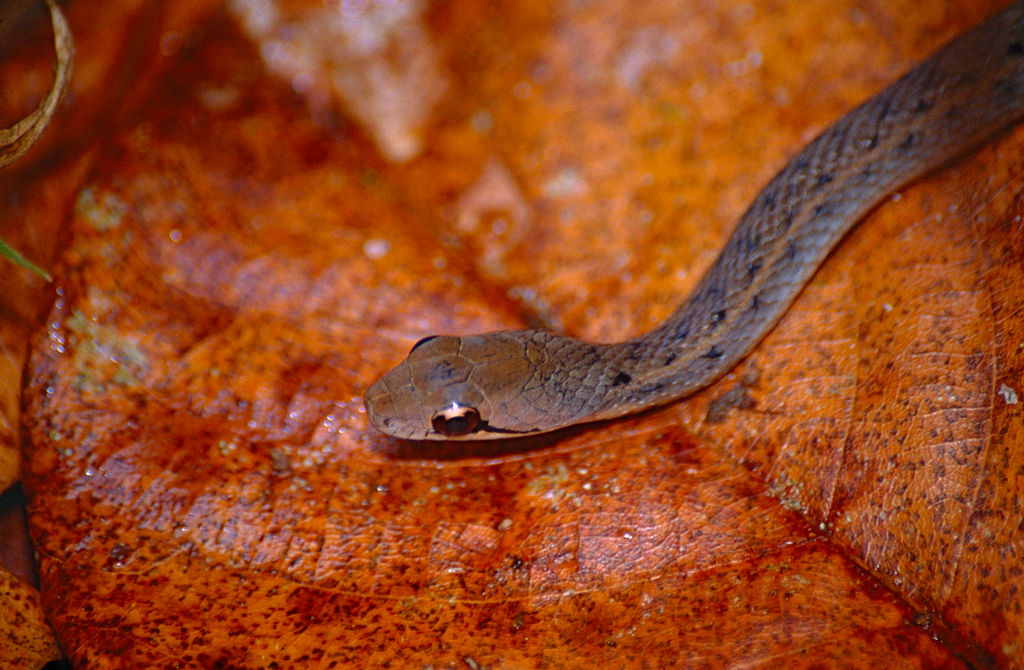
When hunting, the Langaha snake positions itself strategically among branches or foliage where caterpillars would naturally be found. The snake anchors itself securely with most of its body hidden, then extends and dangles only its “caterpillar” tail where it can be easily spotted by passing birds. As an insectivorous bird approaches to investigate or attempt to feed on the apparent caterpillar, the snake remains perfectly still except for the tail mimicry. When the bird comes within striking distance—typically just a few inches away—the snake launches its attack with remarkable speed, often catching the bird by the head or neck. The entire sequence, from spotting to strike, may occur in less than a second, giving the bird little chance to recognize the danger and escape. This hunting method allows the snake to capture prey that would otherwise be too fast or alert to approach using conventional stalking techniques.
Scientific Studies and Observations
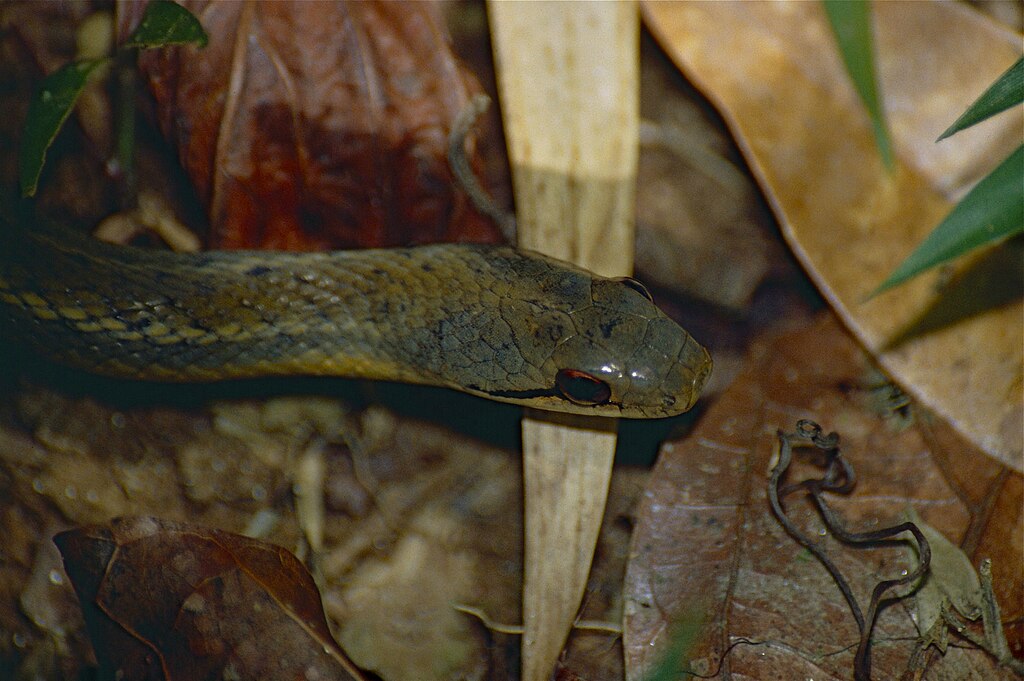
Scientific documentation of the Langaha snake’s caterpillar mimicry behavior has been challenging due to the remote habitats and secretive nature of these snakes. However, several field studies conducted since the early 2000s have provided valuable insights into this remarkable adaptation. Researchers using high-speed cameras have captured the precise movements of the tail during hunting episodes, confirming the deliberate nature of the mimicry. Behavioral ecologists have documented success rates of approximately 30-40% for hunting attempts using this strategy, significantly higher than many other ambush predators. Laboratory studies have also analyzed the visual components of the mimicry from a bird’s perspective, using avian visual models to confirm that the snake’s tail does indeed appear caterpillar-like when viewed through a bird’s visual system. These scientific investigations continue to reveal the sophistication of this evolutionary adaptation and its effectiveness as a hunting strategy.
Similar Mimicry in Other Snake Species

While the Langaha snake’s caterpillar mimicry is particularly sophisticated, it’s not the only snake species to employ aggressive mimicry as a hunting strategy. The spider-tailed horned viper (Pseudocerastes urarachnoides) of Iran has evolved a tail that remarkably resembles a spider, complete with a bulbous “body” and leg-like projections that it wiggles to attract insectivorous birds. North America’s eastern hognose snake uses a different form of mimicry, playing dead when threatened in a manner similar to certain beetles and opossums. Some aquatic snakes like the tentacled snake (Erpeton tentaculatum) have evolved lures that resemble small worms or larvae to attract fish within striking range. These parallel evolutions of luring mechanisms in different snake lineages demonstrate how this type of predatory adaptation can emerge independently in response to similar ecological pressures, a phenomenon known as convergent evolution.
Habitat and Conservation Status

The Langaha snake inhabits the tropical rainforests and dry deciduous forests of Madagascar, an island renowned for its unique and endemic wildlife. These specialized hunters require intact forest ecosystems with healthy bird populations and sufficient insect life to support the food web they exploit. Unfortunately, like many of Madagascar’s unique species, Langaha snakes face significant threats from deforestation, with the island having lost more than 40% of its forest cover since the 1950s. While not currently listed as endangered, population numbers are believed to be declining due to habitat loss. Conservation efforts focused on protecting Madagascar’s remaining forests are crucial for ensuring the survival of this species and its remarkable hunting strategy. The snake’s specialized nature makes it particularly vulnerable to ecosystem changes, as disruptions to either forest structure or bird populations could impact its hunting success.
The Role of Mimicry in Evolutionary Biology
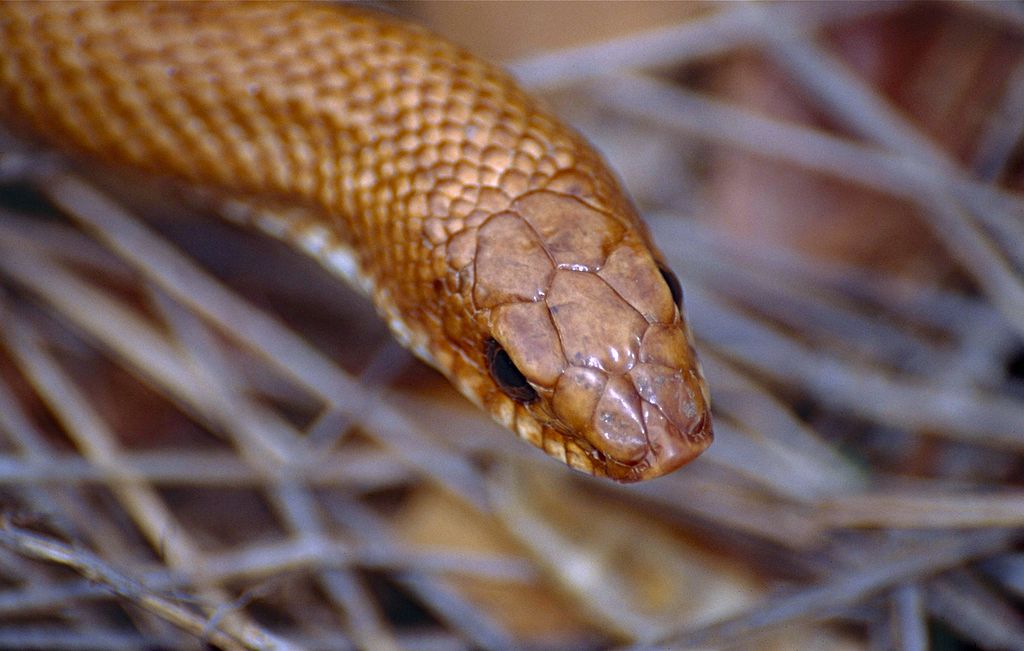
The caterpillar mimicry of the Langaha snake represents a textbook example of how natural selection can produce highly specialized adaptations. This case is particularly interesting to evolutionary biologists because it demonstrates the concept of an evolutionary arms race, where predator and prey continuously adapt in response to each other’s strategies. The snake’s mimicry must remain convincing as birds potentially evolve better detection capabilities, creating ongoing selective pressure for more perfect deception. This phenomenon also illustrates the principle of adaptive radiation, where species develop specialized traits to exploit specific ecological niches. For biologists, the Langaha snake’s strategy provides valuable insights into how complex behaviors can evolve through natural selection, offering a window into evolutionary processes that typically occur over millions of years. The specificity of this adaptation also highlights how behavioral and morphological traits can evolve in tandem to create integrated survival strategies.
Challenges in Studying This Behavior
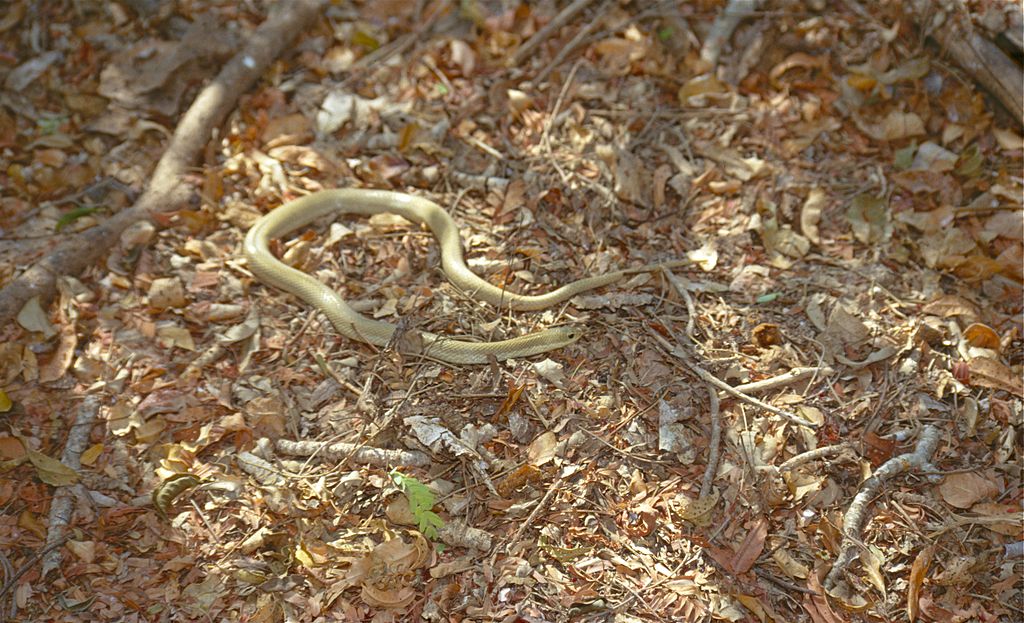
Researching the Langaha snake’s mimicry behavior presents significant challenges for scientists. The snake’s natural habitat in Madagascar’s forests is often remote and difficult to access, requiring extended field expeditions in challenging conditions. The rarity of observing the behavior in the wild means that researchers sometimes spend weeks or months waiting to document a single successful hunting event. Additionally, the snake’s cryptic nature and excellent camouflage make locating specimens challenging even for experienced herpetologists. Ethical considerations also complicate research, as creating controlled experiments might require placing birds in potentially harmful situations, leading most research to rely on observation rather than experimentation. Despite these challenges, advances in camera technology, including remote trail cameras and high-speed video equipment, are enabling scientists to gather more data on this fascinating behavior without disturbing the animals’ natural patterns.
Cultural Significance and Human Perception
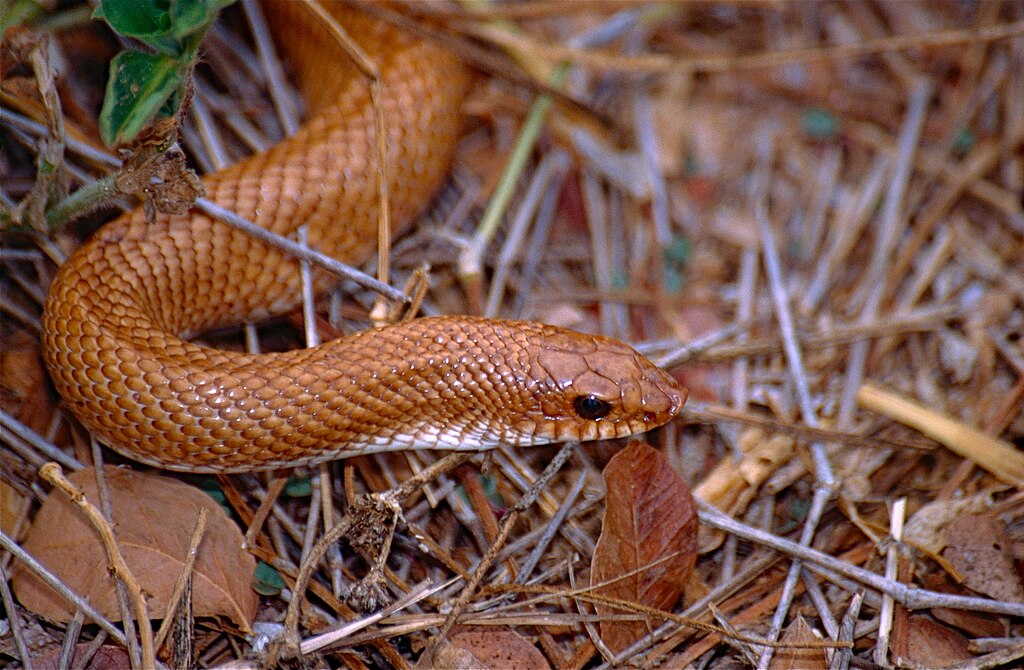
The Langaha snake holds cultural significance among various Malagasy communities, where it features in local folklore and traditional stories. Some indigenous groups consider sightings of these snakes to be omens, though interpretations vary across different regions of the island. The snake’s unusual appearance, particularly its leaf-shaped nose projection, has earned it a place in traditional medicinal practices in some communities, though conservation efforts discourage such uses. Western scientific discovery of the snake’s caterpillar mimicry behavior has transformed it into a popular example in educational materials about animal adaptations and evolutionary processes. The snake frequently appears in nature documentaries and wildlife photography, where its remarkable hunting strategy captures public imagination and helps generate interest in conservation efforts for Madagascar’s unique fauna. This scientific and public fascination highlights how unusual adaptations can serve as effective flagships for broader conservation messaging.
Future Research Directions
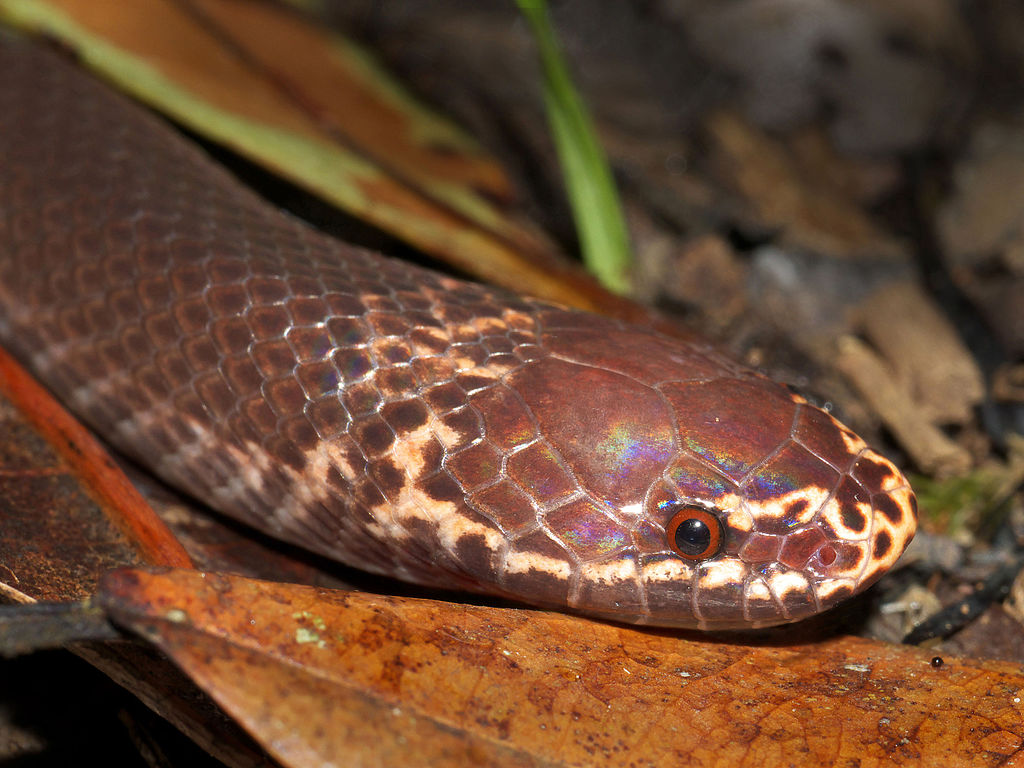
The study of the Langaha snake’s remarkable mimicry continues to evolve as new research technologies become available. Future research directions include genetic studies to understand the hereditary basis of the mimicry traits and how they might have evolved over time. Advanced imaging techniques could help scientists better understand the visual components of the mimicry from the perspective of different bird species, potentially revealing subtleties not apparent to the human eye. Long-term ecological studies tracking individual snakes could provide insights into hunting success rates and how they might vary with changing environmental conditions or prey availability. As climate change and habitat loss continue to affect Madagascar’s ecosystems, research tracking how these pressures might impact the effectiveness of the snake’s hunting strategy becomes increasingly important. Collaborative efforts between international researchers and local Malagasy scientists represent the most promising approach to advancing our understanding of this fascinating evolutionary adaptation.
Conclusion
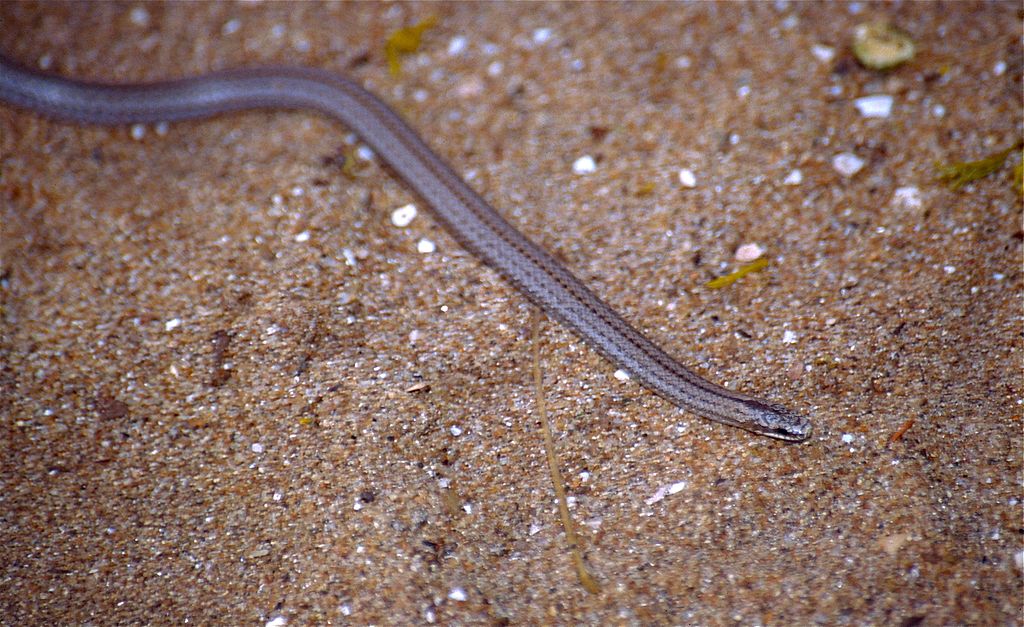
The Langaha snake’s remarkable ability to transform its tail into a convincing caterpillar decoy stands as one of nature’s most sophisticated examples of evolutionary specialization. This extraordinary case of aggressive mimicry demonstrates the incredible precision that natural selection can achieve when specific ecological opportunities arise. As Madagascar’s forests face ongoing threats from human activities, the future of this unique predatory strategy hangs in the balance. The snake that pretends to be a caterpillar serves as both a fascinating biological curiosity and an important reminder of the countless evolutionary marvels that remain vulnerable to habitat loss. By continuing to study and protect these specialized hunters, we not only preserve a remarkable example of evolutionary adaptation but also maintain the complex ecological relationships that have shaped life on our planet for millions of years.

